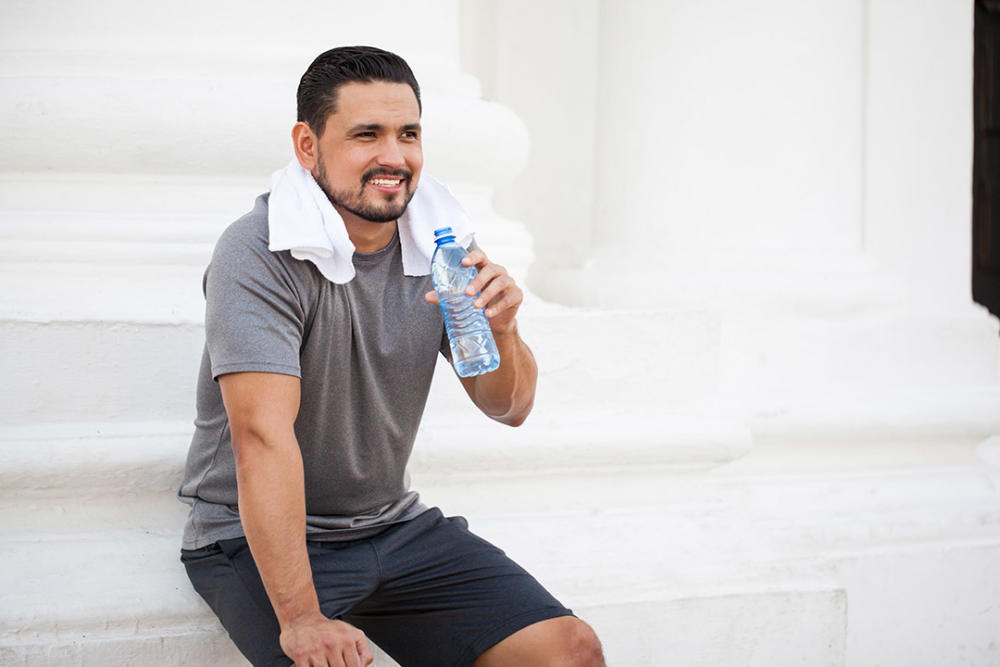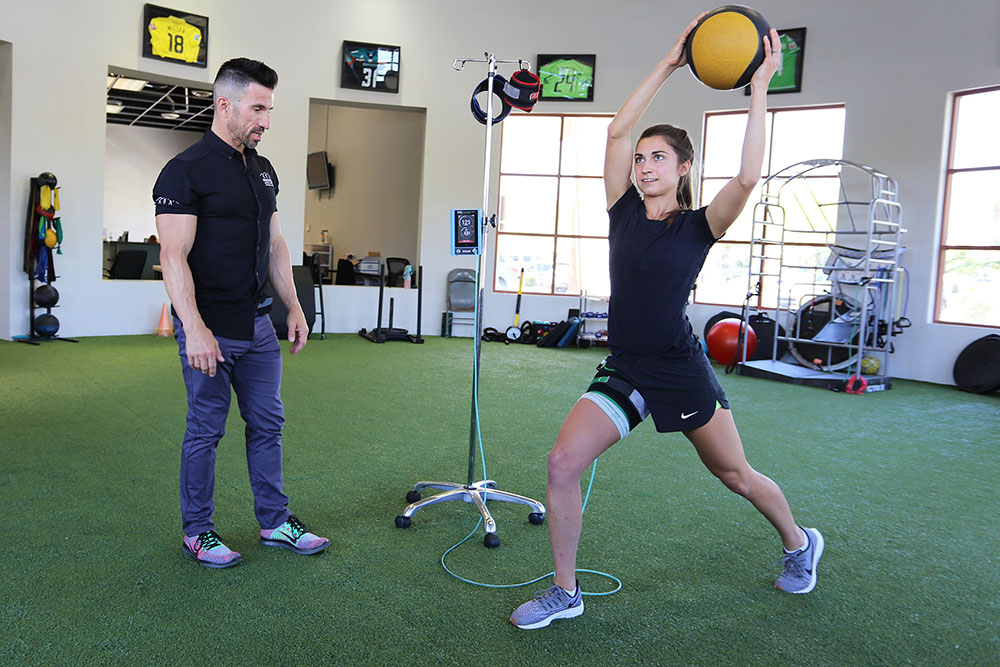Trigger point dry needling has taken the Physical Therapy world by storm in the last couple of years, becoming a treatment staple for Physical Therapists in the management of myofascial restrictions, and the associated pain and dysfunction.
OK great, what is it?
Dry needling involves the use of a filament needle in order to free up restricted muscle fibers and / or myofascial tissue, which can be known as a trigger point. Muscles are made up of longitudinal fibers that glide along one another during any form or muscle movement or contraction. Areas of muscle often become motion-restricted, limiting proper movement of these fibers. This happens for a variety of reasons including poor strength / fatigue, trauma, over use, repetitive motion leading to overload, or poor oxygen or blood supply. It is important to remember that muscle fibers have 2 endpoints (think of the muscle fiber as a connective cable). These endpoints each attach to a bone or joint, and a band of restricted fibers (trigger point) can be very painful itself, but can also lead to movement dysfunction at the bone or joint where it is ultimately attached.
The Physical Therapist utilizes a filament needle, inserting it directly into the myofascial restriction, which through a series of chemical and electrical mechanisms elicits a twitch response in the muscle, releasing the restriction, relieving pain, and restoring proper movement.
Is it similar to acupuncture?
Actually, nothing like it. Acupuncture is a key component of Traditional Chinese medicine, which theoretically increases healing energy flow or “chi”, through geographic distributions in the body, known as meridians. Dry Needling, on the other hand, is much more assessment driven, and the treatment applied is specific to the needs of the patient, and the condition being treated. A skilled therapist will identify the biomechanical dysfunction, which is contributing to the patients’ pain or other symptoms. Often, restricted myofascial tissue or muscles, is / are contributing to the pain or dysfunction. The Physical Therapist can then release the restricted muscles using Dry Needling, relieving pain and restoring proper movement!
Is it safe?
Absolutely! While it is essential to find a skilled Physical Therapist to implement the procedure, Trigger Point Dry Needling has an outstanding safety record.
Does it hurt?
There is minimal sensation as the filament needle is inserted into the skin. As the needle is advanced toward and into the trigger point, a cramping sensation is often noticed by the patient, and there can be mild discomfort in the immediate area, or in a referral zone corresponding to the muscle being treated.
What Conditions Are Treated With Dry Needling?
A wide variety of musculoskeletal conditions can be treated with Dry Needling, including sprains, strains, sports injuries, chronic pain, head aches, postural dysfunction, and movement disorders. Dry needling can be an effective part of treatment for almost ANY condition in which myofascial restrictions or tight muscles is a component.
Sounds Great! What do I do NOW?
Call your Physical Therapist at a Foothills Sports Medicine Physical Therapy nearest you (www.foothillsrehab.com), and schedule a consultation. The therapist will take your history, assess your condition or injury, and design a comprehensive program. They will describe the procedure, and indicate if you are a candidate to benefit from Trigger Point Dry Needling!



